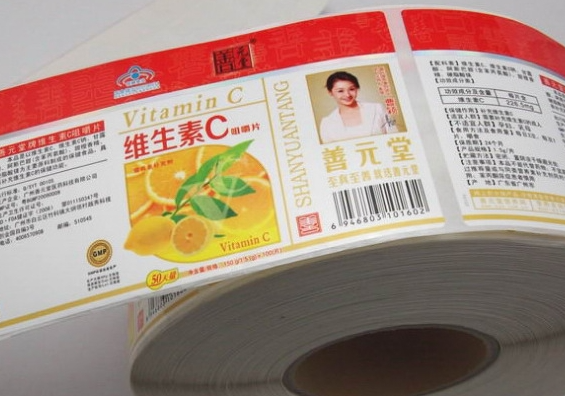In the intricate tapestry of food safety, flame retardant labels play an unexpected yet vital role. This article unravels the close connection between flame retardant labels and food safety, exploring how these labels contribute to ensuring the integrity, compliance, and overall well-being of the food supply chain.

**1. Packaging Compliance for Food Safety:
-
Adherence to Regulatory Standards: Flame retardant labels on food packaging materials signify compliance with safety regulations and standards. These labels ensure that packaging materials meet the necessary safety criteria, preventing potential hazards in the food supply chain.
-
Avoiding Contamination: Flame retardant-labeled packaging materials contribute to preventing contamination by mitigating the risk of fire-related incidents during storage, transportation, and distribution of food products.
**2. Enhanced Storage and Transportation Safety:
-
Preventing Fire Hazards: In storage facilities and during transportation, the presence of flame retardant labels on packaging materials minimizes the risk of fire hazards. This is particularly crucial in safeguarding food products stored in warehouses and during transit.
-
Preserving Food Quality: Flame retardant-labeled materials help maintain the structural integrity of packaging, ensuring that the quality and safety of the enclosed food products are not compromised, even in the event of a fire incident.
**3. Emergency Response Readiness:
-
Quick Identification in Emergencies: Flame retardant labels on food packaging assist emergency responders in swiftly identifying materials that resist fire. This rapid identification is critical for implementing effective response strategies and minimizing potential damage to the food supply.
-
Mitigating Risks for Responders: Flame retardant-labeled materials reduce the risk for emergency responders during incidents involving food transportation or storage, allowing for safer and more efficient response efforts.
**4. Preserving Label Legibility and Information:
-
Ensuring Information Accessibility: Flame retardant labels contribute to preserving the legibility of critical information on food packaging. This is essential for consumers, regulators, and industry stakeholders who rely on accurate information for food safety assessments.
-
Compliance Messaging: The presence of flame retardant labels communicates a commitment to safety, suggesting that the packaging materials adhere to the highest standards. This assurance fosters trust among consumers and regulatory bodies.
**5. Reducing Environmental Impact:
-
Sustainable Flame Retardant Solutions: Future trends may witness the development of flame retardant labels using eco-friendly and biodegradable materials. These sustainable solutions align with the broader movement toward reducing the environmental impact of packaging waste in the food industry.
-
Recyclability: Flame retardant labels that are compatible with recyclable materials contribute to the circular economy, ensuring that packaging waste is minimized, and materials are reused responsibly.
**6. Innovations in Food Packaging Safety:
-
Advancements in Material Science: Ongoing innovations in flame retardant materials for labels contribute to the evolution of food packaging safety. Materials designed to resist fire while maintaining compatibility with food contact regulations are instrumental in advancing the safety of food packaging.
-
Integration of Smart Label Technologies: The future may witness the integration of smart label technologies, where flame retardant labels play a dual role, incorporating sensors or indicators that provide real-time information on food safety parameters, such as temperature and freshness.
Conclusion: Flame retardant labels, often associated with fire safety, intricately weave themselves into the fabric of food safety. From compliance messaging and emergency response readiness to reducing environmental impact, these labels stand as guardians of the integrity and safety of the global food supply chain. As the food industry continues to prioritize safety and sustainability, flame retardant labels remain an integral and evolving element in the pursuit of a secure and resilient food ecosystem.
We offer comprehensive technical support, including free professional labeling solutions, advice on label materials and adhesive selection, as well as online/offline assistance from professional software and hardware engineers. Service email: andy@ownlikes.cn. In pre-sales, we leverage our extensive experience in specialty labeling projects to provide clients with the most suitable hardware solutions. Additionally, all our label barcode printers and scanners come with a three-year free warranty, demonstrating our confidence in our products.




